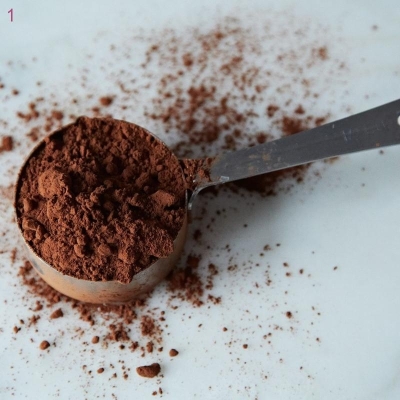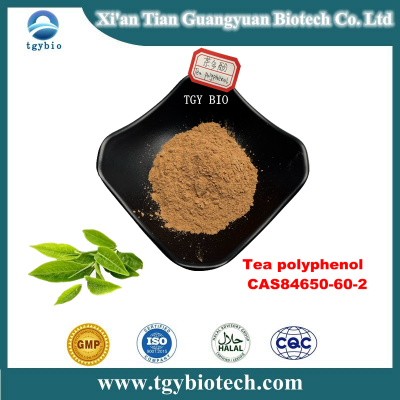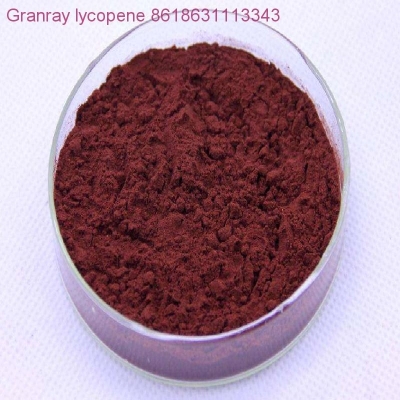-
Categories
-
Pharmaceutical Intermediates
-
Active Pharmaceutical Ingredients
-
Food Additives
- Industrial Coatings
- Agrochemicals
- Dyes and Pigments
- Surfactant
- Flavors and Fragrances
- Chemical Reagents
- Catalyst and Auxiliary
- Natural Products
- Inorganic Chemistry
-
Organic Chemistry
-
Biochemical Engineering
- Analytical Chemistry
-
Cosmetic Ingredient
- Water Treatment Chemical
-
Pharmaceutical Intermediates
Promotion
ECHEMI Mall
Wholesale
Weekly Price
Exhibition
News
-
Trade Service
The U.
It is understood that in 2018, Sensient submitted an application for the blue pigment derived from butterfly pea flower to the US FDA for the first time.
Natural blue pigment is a very rare ingredient that works both as a blue shading and as a building block in combination with other natural pigments to create natural greens and purples
According to the U.
In addition, a petition filed by Gardenia Blue Interest Group regarding the gardenia blue pigment is also under review
In 2013, the U.
Butterfly pea flower is a popular ingredient in Southeast Asia
This blue pigment launched by Sensient has good applicability and stability
While butterfly pea flower is not difficult to grow, it is not a large-scale commercial crop
At present, there are not many natural blue pigments allowed to be used in China, only phycocyanine (fresh, seawater) and gardenia blue
It is understood that there are few blue pigments from natural sources, and the international market is currently dominated by butterfly pea flower, phycocyanin and gardenia blue
Phycocyanin is different from gardenia and butterfly pea in nature and exhibits different blue hues
It is understood that the European market's attitude towards synthetic pigments has long been clear.
(Source: Zhiti Bridge)
"China Food News" (September 20, 2021 06 edition)
(Editor-in-charge: Yang Xiaojing)







